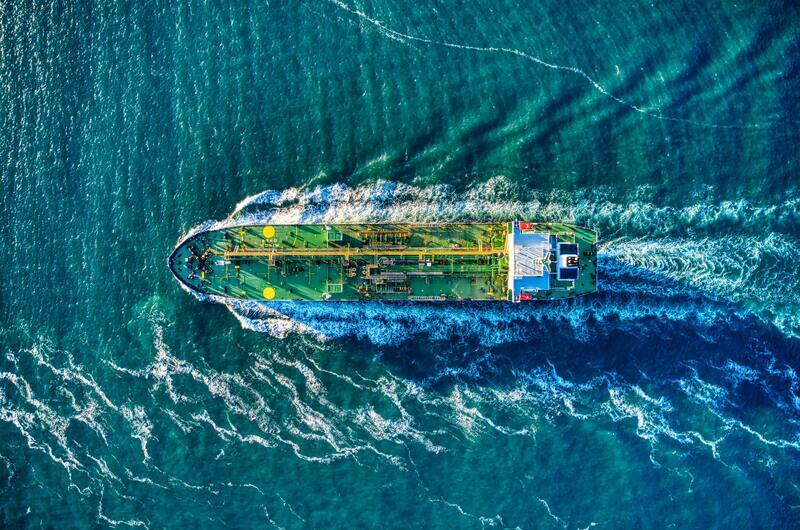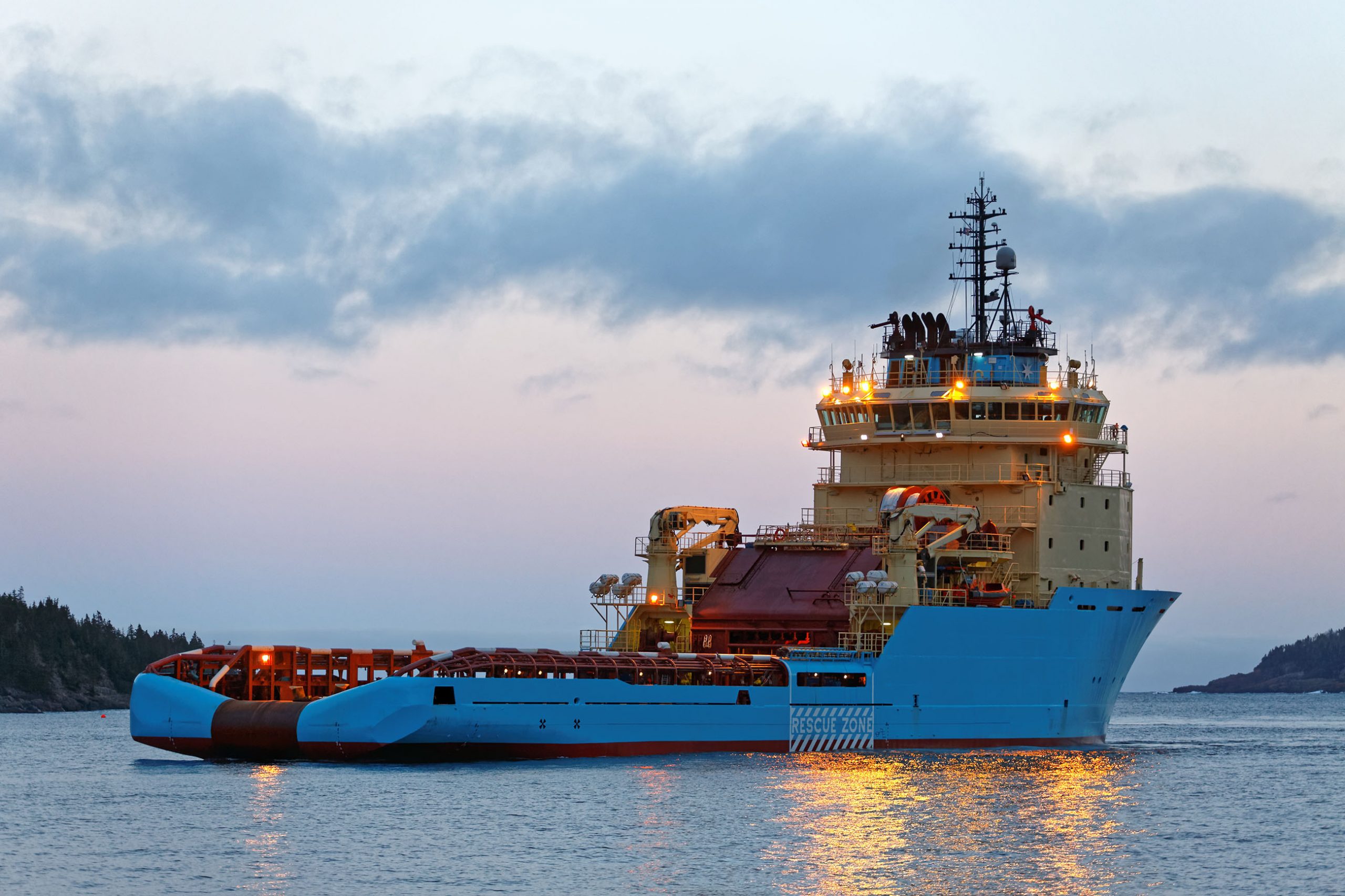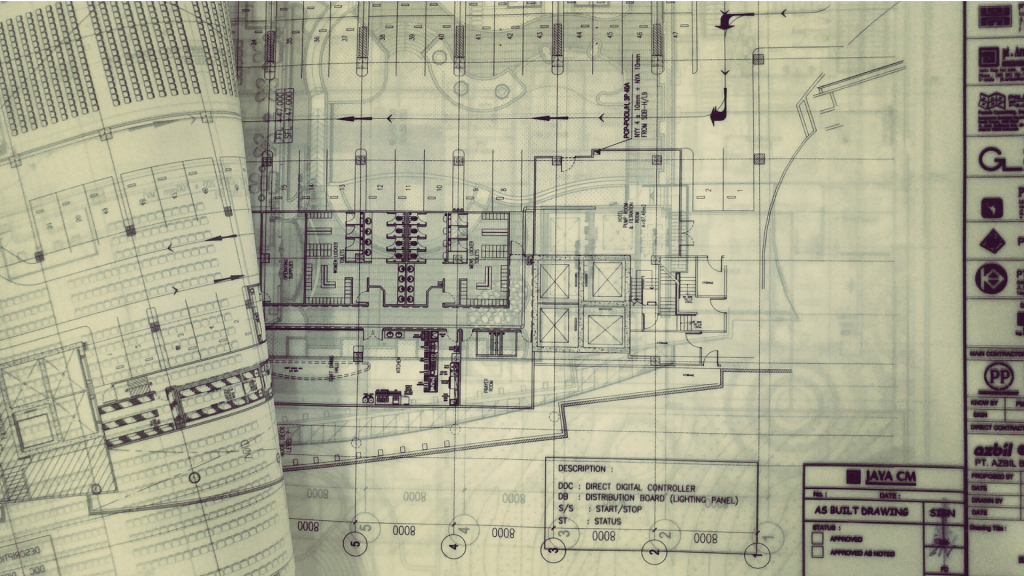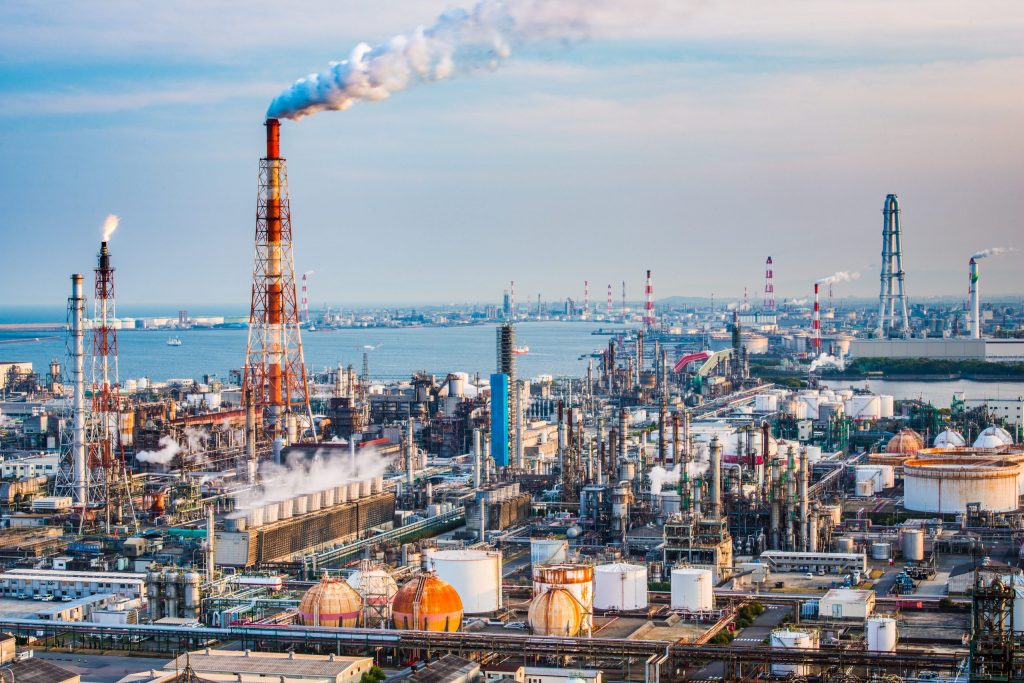Offshores can have a complex routine, so managers and engineers are increasingly adopting the Digital Twin to integrate the firsts phases of the Project Life-cycle Management (PLM) – design and engineering – with the Operation and Maintenance phase (O&M). As a result, they’re building efficiency by sharing data and taking advantage of the technology, which can be used to reduce time and budget of inspection and maintenance activities.
An industrial plant have thousands of assets. Therefore, the inspection and maintenance management of all of them can be a masterful job. However, with the connectivity provided by digital technologies, such challenge can be faced.
The Inspection and Maintenance phase
To guarantee the integrity of the assets of a complex industrial plant there are two main activities that need to be done:
- The Inspection of the assets to verify what problems the components can be facing;
- The maintenance, to avoid the flaws of the components and shutdown on the equipment.
The usual approach to inspection tasks have around 5 main steps:
- Basic Survey;
- Planning Reports Compilation;
- Delineation of WO Field Measurement;
- Outline Reports Compilation;
- Integrity WO Management.
On average, to do all of these tasks, you may use 4 different tools and softwares. And for instance, need at least 5 people involved and 3 onboard the Offshore.
Consequently, the inspection step can be a complex task to do if you don’t have a full inventory of the components. Therefore, if the inspection doesn’t follow the right approach, it can affect the quality of the maintenance phase and all operation.
Usually, the database and technical drawings from the engineering phase don’t get to the handle of the project in the Operation and Maintenance phase. In that way, the lack of information from the firsts phases of the PLM can make it more difficult to manage all the components.

The Inspection in Offshore
According to Danny Constantinis, CEO of EM&I (Marine) Ltd in an article to the Offshore Magazine, the main causes of lost production in an Offshore are:
- Need to come off station for drydocking
- Shutdown of plant for inspection purposes.
“A typical five-year drydocking will take an FPSO off station for maybe 40-60 days with an overall loss of around $90-140 million. We can presume that another 20 days will be incurred on average for plant inspection shutdowns in the same five-year period at a further cost of another $40 million. These are powerful incentives to avoid drydocking and plant shutdowns.”
This article shows the importance of a well done inspection planning and execution, that results in the identification of the assets that need maintenance, and avoid the shutdown of the complex plant. This can be a hard task without an asset inventory.
A recent survey, made by Vidya Technology, identified that from 1024 components inspected, at least 58 showed differences between the 3D model that the company utilized and the real plant. Sometimes the pipes weren’t in the place indicated by the 3D model, and others there was problems with the color of the pipe, or the asset was nonexistent.
The Maintenance in Offshore
The complex routine of the maintenance phase can be directly affected by the quality of the inspection – and the problems cited above are some of the flaws that an asset manager need to avoid. However, the team who will be responsible for doing the maintenance isn’t the same team that made the inspection. This situation brings a huge communication flaw, affecting the maintenance team productivity
Full control of the asset integrity management can be hard having this much of people involved. Combining this amount of tools with an industrial plant without an inventory of all the components and their status, can result in unexpected flaws, and possibly the interruption of the industrial process.
How to revolutionize the O&M of an Offshore
As said in the introduction, the solution is in the technology. Having a tool able to connect the physical components with the digital ones, and integrate the steps of the asset integrity, is the way to have full control over the complex plant without flaws.
Vidya Software was idealized and developed by expert engineers who knows the complexity of the field. And knows what types of problems you can face in such context.
With this software, you can connect the phases of the PLM through a cloud-based tool, which gathers database and engineering information, to make a Digital Twin parameterized with real-time data. During the inspection process, using IoT sensors and a field tablet, all the information collected is organized into the software. That also has agile interfaces to follow every activity that is performed in the industrial plant, giving to the asset integrity manager 100% control over the asset.
This integrated software replaces the piles of papers, databases, technical drawings and excel spreadsheets. Making all the industrial process more connected and transparent to all the people involved. Besides, with the outputs made by the Machine Learning, the Digital Twin points out when an asset may need maintenance, for example.
The Vidya Digital Twin Software gives you more than reduction in the budget. It also offers you time utilized to accomplished the inspection and maintenance tasks. In conclusion, you can avoid the exposure of people in the field and give you more safety in the industrial process.
If you’re interested in knowing more about our solution and how we get these results, you can download our brochure regarding the software features and results below!

-1.png)


